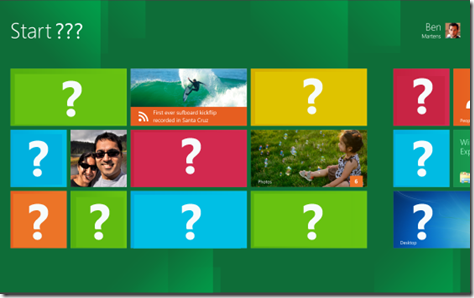[How To] Get People To Buy Stuff From Your Blog
Blogger Make Money Wordpress
Chances are your blog will never reach that traffic level, and so your blog will not earn you a livable income from advertising alone. How can you make your blog profitable then? By following an age-old formula.
Brian Clark of CopyBlogger Media preaches the simplest approach to earning money online. Take a look at this three-step method to making money online. If you have a blog you already have taken the first step, which is to provide compelling and useful information. Chances are, though, that you're missing out on the third step: "Create valuable products that help your readers."
Others have written about how to create products to sell on your blog, but that's not what I came to talk about today. As a marketer I'm not as focused on the product itself as how to sell the product. That is, how to get readers to understand that the product can help solve a problem they have. If you follow this guide you'll find it easier to get people to buy what you're offering.
Understand Readers' Problems
If you run a successful blog, chances are you are in direct contact with many of your readers. Some readers are simply more social than others, and will email you to talk about certain issues. Maybe it's to praise or criticize a post, or maybe it's just to talk a bit more in depth. These conversations can reap big rewards when you're trying to market products.In these conversations, readers reveal problems. They want to do something, but they don't know how. As a blogger you can fulfill this need by writing a post about it. But that post won't bring you any money. In addition, you probably can't really solve the reader's problem in the span of a blog post. You can address it, but you can't solve it.
The easiest way to market a product is to demonstrate how it solve someone's problems. If you create an information product that helps solve a long-standing problem of your readers, you can more easily market that product to them. After all, who doesn't want to solve all their problems? If you focus on the problem-solving aspect of your product, you will win many more customers.
Focus On Benefits, Not Features
When you write about a product you created or a service you provide, you probably want to talk a lot about the features of that offering. After all, it is yours, and so it must be inherently interesting. Unfortunately, this is almost never the case. Your customers aren't interested in the features you offer. They are interested in how the product or service will benefit them.Chandeep understands this concept well. On his Services page he leads with a simple sentence that demonstrates the benefits of working with him: "We can offer a number of services that will reduces your efforts and to help on your blog development." He is offering first and foremost to reduce your effort and help develop your blog. Only after he talks about the benefits does he talk about the features of his service.
No matter how much you love your product or service, other people aren't going to feel the same.Think about it this way. You are the star of your own show, but every one of your readers is the star of his or her own show. As such, they're not interested in your star. They're interested in what it means for them. To sell something to them, you have to put yourself in their shoes. That means letting them know how they'll benefit, before you let them know the specific features.
Make It Easy To Pay
Even if you solve a reader's problem and show her exactly how she'll benefit from using your product or service, you still can lose the sale. In sales there is a concept known as friction, which refers to any obstacle between the prospect and the sale. The higher the friction, the lower the chance of closing the sale. All too often I see blogs offer great products, but at the same time make it very difficult for people to actually buy that product.The biggest sticking point comes when it's time to pay for the product or service. The unfortunate truth is that most blogs will offer only one way to pay for service. That's a big mistake. In order to make the sales process easier, blogs must cater to their customers and offer them a wide array of payment options, including:
- Major credit cards
- Direct bank payment
- PayPal
- Other online money transfers
To create a product to sell on your blog is to understand the simplest form of conducting business. Ads might be easy, but they don't pay the bills. Offering customers solutions to their problem does. It takes plenty of work in creation, and even more work in marketing. But done correctly it's the most effective way to earn a profit from your blog.






![Crusader Kings II Way Of Life [REVIEW] Crusader Kings II Way Of Life [REVIEW]](https://blogger.googleusercontent.com/img/b/R29vZ2xl/AVvXsEidoL3J9SMJqQXsshxdGnUIerpM9l8cEuOJNPu340q0W7vu8KE_8onbS3tEcgn0ELOfHHToyZ7RmD9MP4mwMXKnREQLdER8Q-qUe92IsRPKPyoA35HKyYVfBGX0PYHQcbPlgNhkko4puA_N/s72-c/Crusader+Kings+II+Way+Of+Life.jpg)


.jpg)